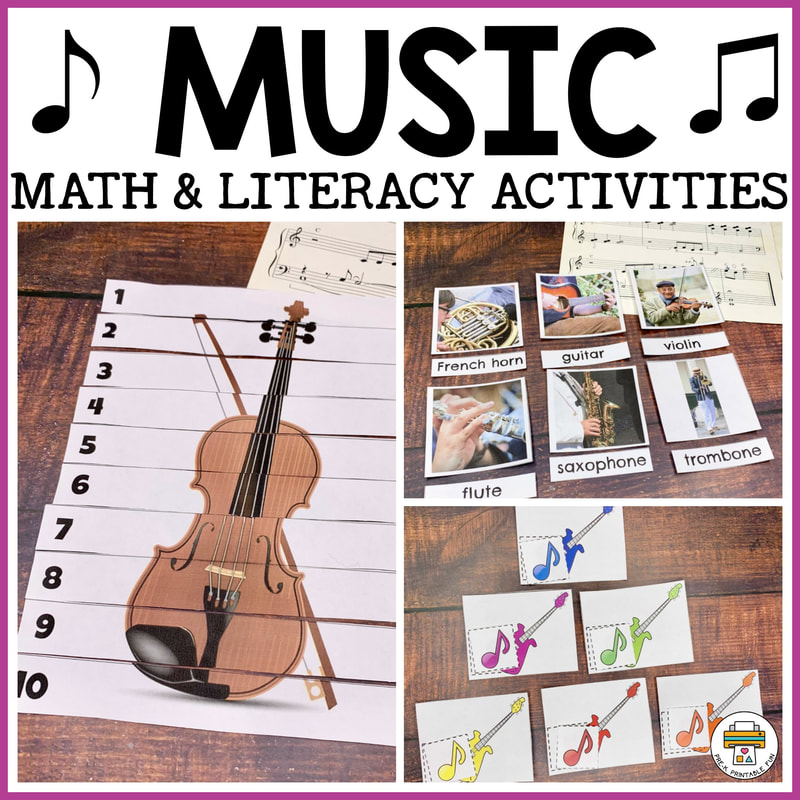

When middle-school math teacher Dennis Griffin Jr.

Here are six strategies for building music into your schedule, or directly into your instruction-no formal musical training required. When teachers bring music into the school in even these simple ways, it can “impact our students’ emotions, motivation, attitudes, and sense of connection, yet we often fail to use it to our benefit,” says Alycia Owen, a teacher and instructional coach. And according to a 2019 study from Johns Hopkins University, when teachers use an arts-integrated approach to teaching science content for example, it was as effective-and in some cases better-than conventional teaching methods in helping students retain content.īeyond academics, music can also alter the culture of a school for the better-sparking impromptu conversations among peers and between students and teachers, for example, or providing a calming respite from the stress of a packed school day. In 2016, researchers from the University of Washington, for example, concluded that young babies who listened intently to melodies became more sensitive to the rhythms of spoken language, and also improved their abilities to focus. Linking related music or song to a primarily visual task, in other words, enhances learning by adding a rich auditory channel.īut music also primes the brain for a much broader range of important cognitive tasks.

Decades of research has established that when students access more than one sensory system when engaging with new information-a process often called “multimodal learning”-they learn the materials more thoroughly. It can also have a real impact on student outcomes. Using popular or compelling songs, melodies, or lyrics to scaffold academic lessons across the curriculum-from science to math, psychology, and history-is tapping into a powerful, and universal, human fascination with music.
MUSIC MATH LESSON SERIES
Students are “entranced” by music from kindergarten through high school, in the words of teacher Larry Ferlazzo, who recently asked 10 educators how they brought music into their classrooms in a two-part series for Education Week. When teachers strategically integrate music into their instruction, it can be a robust and creative way to engage students and enrich content.


 0 kommentar(er)
0 kommentar(er)
